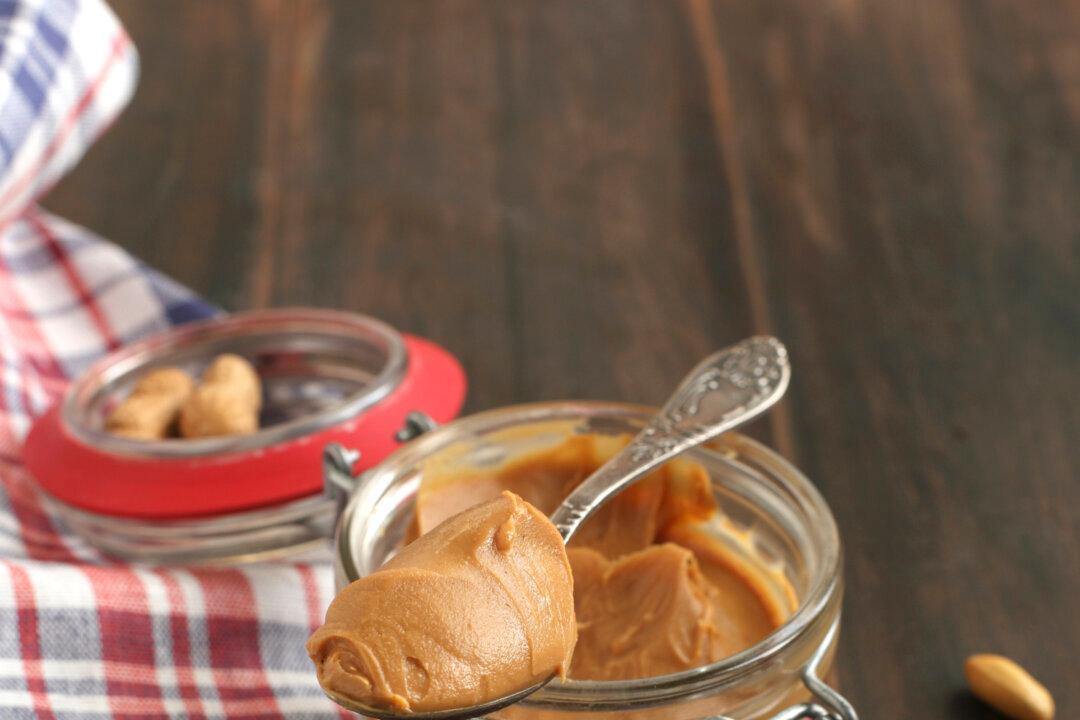Most people in the United States probably think of the poisonous variety when they hear the word sumac, but there is actually a perfectly healthy and tasty spice with the same name. It comes from the berry of a bush native to the Middle East and Mediterranean regions.
Around the world there are dozens of different varieties of sumac, many of which have culinary and medicinal applications—and as mentioned before, some varieties are toxic. But here, we'll just focus on the variety that enriches one’s culinary experience.





